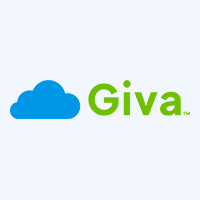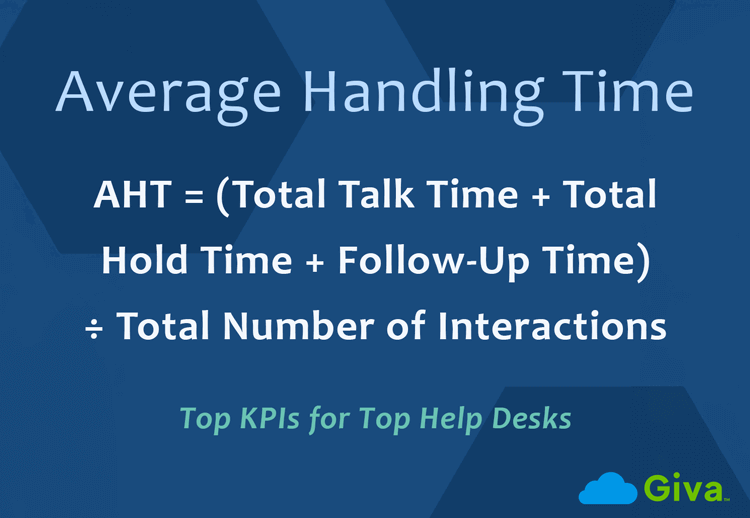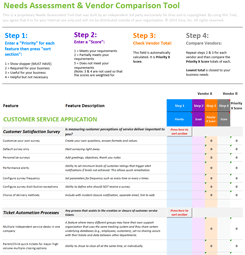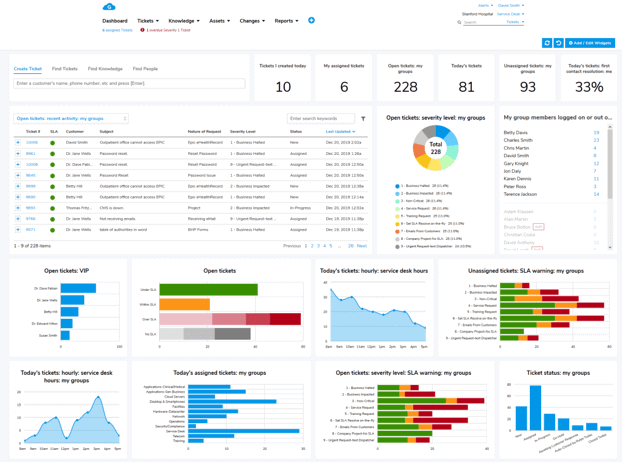9 Top Call Center Routing Strategies Plus Best Practices for the Best CX
What is Call Center Routing?
Call center routing is the process of directing customers' phone calls to call center personnel based on certain variables or parameters.
Examples of specific parameters include:
- Agent skill set and level
- Language proficiency
- Geographical location
- Time of day
- Customer inputs
- Agent availability
- Customer status or behavior patterns
Unlike simple call transfers, routing strategies in a call center aim to optimize call handling, reduce wait times, and improve First-Call Resolution (FCR).
Regardless of the call management system, the goal remains the same for all call centers– matching customers with the most qualified agents who can meet (if not exceed) their specific needs. By doing so, call centers can ensure timely responses, optimize their resources, and enhance overall customer satisfaction.

9 Call Center Routing Strategies
There are many ways to route phone calls. But ultimately, a call center must direct phone calls based on what makes the most sense for their business model. (i.e., sales teams may route calls differently than customer service call centers).
Let's take a look at nine examples of call center routing strategies.
- Geographic Routing
- Skills-Based Routing
- Priority-Based Routing
- Language-Based Routing
- Direct Routing
- Least-Idle Routing
- Round Robin Routing
- Interactive Voice Response
- AI Routing
-
Geographic Routing
Geographic routing directs calls based on the caller's physical location. This is made possible by using area codes, postal codes, or GPS data. Geographic routing ensures that the caller is connected to a call center specific to their region. This can be particularly helpful for businesses with multiple locations, where operations and regulations may vary by location.
However, a fallback of geographic routing is that it can prioritize location over customers' needs or intent. Geographic routing may also not direct customers to the most appropriate call center agents.
-
Skills-Based Routing
In a call center, skills-based routing evaluates a service agent's skills or expertise to match the correct person to each call. This can be particularly helpful for companies with complex products, such as a banking institution offering a range of financial products. By routing customers to personnel with the necessary expertise, the call center can increase first-call conversions and empower agents to focus on their specialties.
The disadvantage of skills-based routing is that it hinges upon a well-organized system of call center personnel. To accomplish that, frequent skills audits and additional training are required. If not, routing customers to mislabeled or untrained agents can negatively impact call center performance.
-
Priority-Based Routing
Priority-based routing connects callers with agents based on certain predefined variables or priorities. Common examples of prioritized variables include the caller's identity, the purpose of the call, and the urgency or potential value of the call.
While priority-based routing can be highly effective for dealing with urgent matters and Very Important Persons (VIPs), certain variables may be misleading. For example, first-time callers without a prior relationship with the company may be routed incorrectly.
-
Language-Based Routing
Language-based call center routing directs callers to personnel who are fluent in a particular language. This is made possible by the input the customer enters into the Interactive Voice Response (IVR) system (e.g., "marca dos para español"). Saved customer data, like the caller's location or language preferences, can also automatically route phone calls.
The most significant challenge with language-based routing is that it requires a multilingual staff. Additionally, insufficient staffing may lead to longer wait times.
-
Direct Routing
Direct or fixed order routing directs calls to call center personnel in a hierarchical order. For example, when a call comes in, the direct routing system directs the call to the first agent on the list. Then, if that agent is unavailable, the system moves down the list to the next agent. And so on.
While direct routing is simple, a challenge to overcome is the uneven distribution of workloads. Imbalanced work can lead to employee burnout. Not to mention, customers can be directed to agents who may not be the best fit for their needs.
-
Least-Idle Routing
Least-idle, or least-occupied routing, directs calls to the agent who has been idle the longest. The major advantage of least-idle routing is that it optimizes the workload amongst call center personnel. In doing so, the call center can minimize customer wait times and improve overall operational productivity.
The challenge to least-occupied routing is that it requires real-time monitoring of the contact center's current status. In addition, least-idle routing often ignores agents' expertise and performance, inadvertently sending customers to low-performing agents.
-
Round Robin Routing
Round Robin Routing directs each phone call to the next agent in a systematic, looping order. This system ensures that call volume (i.e, the quantity of phone calls) is distributed evenly amongst personnel.
However, the drawback of Round Robin Routing is that it ignores a contact center agent's training and performance history. This call center strategy also remains unchanged based on the customer's identity or their specific needs.
-
Interactive Voice Response (IVR)
IVR routing provides customers with departmental options to select. Customers listen to the available options and then select one using their voice. IVR can make call routing fast and simple. And it empowers customers to make decisions to address their needs more rapidly.
The challenge with IVR routing is that it assumes a general level of understanding on behalf of the customer. However, it may be the case that a customer is confused about or unsure of which department to contact. Additionally, an incorrect selection may lead to longer wait times and increased transfers.
-
AI-Based Routing
AI-based routing, also known as intelligent routing, harnesses real-time and historical data to make routing decisions. AI contact center software can use performance metrics (e.g., peak call times), Customer Relationship Management (CRM) data, and behavioral data to make predictive decisions about where a certain caller should be directed. For example, AI can use a customer's language preferences or their purchase history to direct them to the most helpful call center personnel.
AI-based routing is, by and large, the most high-tech call center routing strategy. However, it's costly. And setup and ongoing maintenance require special expertise. Additionally, it relies on massive amounts of good data, which can be cumbersome to store and adequately protect.
9 Call Center Routing Strategies Summary Table |
||
Best For: |
Critical Limitation: |
|
1. Geographic Routing |
Region-specific call center customer service |
Prioritizes location over other variables |
2. Skills-Based Routing |
Specialized call center support |
Relies on a robust system of skills tracking and training |
3. Priority-Based Routing |
Handling VIPs and/or customers with urgent needs |
Neglect of low-priority calls |
4. Language-Based Routing |
Multilingual service |
Creating and maintaining a diverse staff |
5. Direct Routing |
Small call center teams |
Overloading agents |
6. Least-Idle Routing |
Even workload distribution |
Does not direct calls based on the customer's intent or the agent's skill |
7. Round Robin Routing |
Even workloads |
Does not consider the agent's expertise |
8. Interactive Voice Response (IVR) |
Providing options to customers |
Assumes customers possess an in-depth understanding of the product or service |
9. AI-Based Routing |
High-volume call centers that are doing big business |
Requires high-tech data collection, storage, and security |
Call Center Routing Best Practices
Well-planned routing strategies are only effective to the extent that they are maintained and optimized. By following a few best practices, call centers can make sure calls are consistently directed in a way that improves efficiency:
-
Keep Agent Skill Profiles Updated
Skills-based routing depends on accurate information about each agent. Regularly update skills after training sessions or role changes so customers are matched with the right expertise every time.
-
Monitor and Adjust with Analytics
Key Performance Indicators (KPIs) such as First-Call Resolution, Average Speed of Answer, and Call Abandonment Rate reveal when routing strategies need to be adjusted. Use these insights to update rules and prevent performance issues.
-
Provide Multilingual Options
Language-based routing is important for companies with diverse customer bases. Make sure your system offers multilingual options and schedule enough multilingual agents to handle peak call volumes.
-
Combine IVR with AI
Traditional IVR systems can frustrate customers when options are unclear. Adding AI helps predict intent, guide callers to the right department faster, and reduce the risk of misrouted calls.
-
Review and Refine Regularly
Customer needs and call center operations change. Conduct quarterly reviews of your routing strategies, test new configurations, and align them with changing business goals to keep performance high.
-
Measure Success with Key Performance Indicators (KPIs)
Tracking KPIs ensures your routing strategy is delivering results. Focus on metrics such as:
- First Call Resolution (FCR) to assess efficiency
- Average Speed of Answer (ASA) to evaluate responsiveness
- Call Abandonment Rate (CAR) to monitor wait times
- Customer Satisfaction (CSAT) to confirm the overall customer experience
How Improving Call Routing Can Help Your Business
Alongside a company's webpage, call centers are at the forefront of every business. How they handle calls, interact with customers, and solve problems directly corresponds to the business's overall success.
Let's look at four quick examples of how you can grow your business by investing more resources into improving call routing:
-
Decreased Wait Times
90% of consumers say immediate responses are critical in customer service.
That's why it's so critical that a call routing strategy rapidly connects customers with personnel. For example, with a least-occupied strategy, you can ensure that callers are immediately connected to an idle agent.
-
Increased First Call Resolution Rates
82% of consumers expect to solve complex problems by talking to one person. This alone highlights the importance of ensuring that the correct agent is paired with the customer in need. Skills-based routing strategies are effective at increasing first-call conversions by directing calls to agents with the appropriate skills.
-
More Customer Loyalty
Customer loyalty is everything. And call centers play a huge role in maintaining loyalty. According to Emplifi, 86% of customers will leave a brand after only two poor experiences. That's why priority-based call center routing can be so effective. You can identify high-intent callers as well as treat already established VIPs with the utmost care.
-
Healthier Finances
Better call routing translates to faster problem resolution. And faster problem resolution lowers the cost per call. Similarly, effective call routing results in fewer transfers and holds, creating fewer mistakes. All in all, you can spend less time on each customer interaction and spend less money fixing mistakes.
AI-based routing is the most effective way to accomplish this. By 2026, AI deployments within contact centers will reduce agent labor costs by $80 billion. By helping call center employees accomplish tasks and effectively route calls, businesses can begin saving precious capital.
How Businesses Can Start Implementing Call Center Routing Strategies
The first step in determining which call routing strategy makes the most sense for your business is to observe your business. You can pay attention to variables like:
- Company size
- Volume of phone calls
- Customer demographics
- Short, medium, and long-term goals
Additionally, you can utilize contact center analytics to gain insights into the typical concerns of your customers. This type of intelligence can guide you in selecting a strategy that suits your customer base and helps you achieve your goals.
Ultimately, your goal should be to integrate with a Customer Relationship Management system (CRM). A CRM system can help you solve issues rapidly and effortlessly with AI technology.
Which Call Center Routing Strategy is Right for Your Business?
To further guide this, here's how different businesses or industries can plan their call center routing strategies:
-
Small Businesses
- Direct or round robin call center routing is simple to set up and manage, making it a good fit for smaller teams.
- These methods balance workloads fairly without requiring advanced systems or large budgets.
-
Healthcare Providers
- Healthcare call centers handle sensitive patient information and a wide range of inquiries.
- Language-based routing makes sure patients can communicate clearly, and skills-based routing helps connect them to staff with expertise in specific medical services.
-
Financial Services
- Banks and credit unions often face high call volumes involving sensitive transactions.
- Priority-based call center routing can direct VIP or high-value customers to senior agents, and AI-based routing can streamline fraud alerts and urgent requests.
-
E-Commerce and Retail
- Online retailers need to manage seasonal spikes and order-related inquiries.
- Skills-based and least-idle routing help balance workloads while ensuring customers are quickly connected to agents who can handle returns, billing issues, or product questions.
Call Center Routing is the Key to Customer Satisfaction
Efficiently managing a queue of phone calls is crucial for customer satisfaction and overall business success. To achieve this, businesses require a robust call routing system that deploys an effective call routing strategy.
Understanding which customers are calling, what they need, and who on your team can help them is at the core of any call routing system and is the key to long-term success.
Giva Can Help Optimize Your Call Center Support
Whether you're a call center manager or a call center agent, it's time to start small but think long-term. Automation is an ongoing investment in your people and processes.
If you're ready to take the next step, Giva's customer service solutions are built for quick deployment and ease of use. That way, you can start seeing value right away:
- Use Giva's AI Copilot to help agents craft the best responses to customers
- Help users find the best responses to questions from your knowledge base using Giva's Knowledge AI Copilot
- Get visual insights with real-time dashboards
- Make fast business decisions with out-of-the-box reporting and analytics
Learn how Giva can benefit your support organization. Get a demo to see Giva's solutions in action, or start your own free, 30-day trial today!





